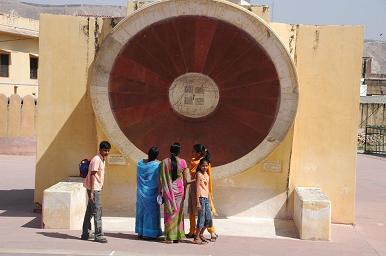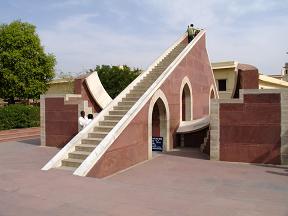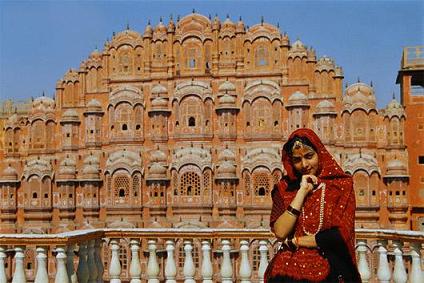
Home About Us Contact Us India Tourism
Welcome to www.pinkcity2india.com
Guided Wall City Tour In Jaipur
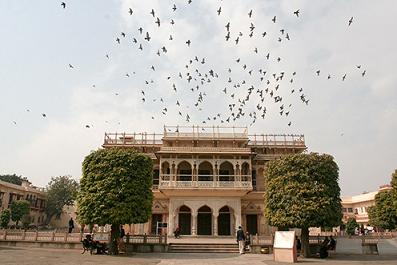
|
The
Inner City takes one to the historical inner city as also the
main shopping centres. The best way is to walk or on a cycle
or cycle rickshaw. The old city has a wall around it and at
intervals there are gates with the main ones being Chandpol,
Ajmeri and Sanganeri. One comes to an important intersection
called Panch Batti which is roughly within 4 kilometers of
most hotels in the city. From this intersection, one also gets
a view of the statue of Maharaja Sawai Jai Singhand adjacent
to this is one of the major cinema halls of the city, Raj
Mandir. From M.I. Road, there is a lane to the north and one
enters the walled city through this lane. Once inside, go
towards Khajanae Walon Ka Rasta. Where you can see Jaipur's
marble craftmenship and exquisite marble sculptures, you can
purchase one for your collection.
Further south from the Bari Chaupar is Johari Bazar. Johari
bazaar and the small lanes which dissect it are where you will
find Jaipur's jewelers and gold and silversmiths. Of
particular interest are the artisans doing enameling, or
meenakari. This highly glazed and intricate work in shades of
ruby, bottle green and royal blue is a speciality of Jaipur.
On Johari Bazzar you can also find cotton merchants
interspersed with the uniform shop fronts are the grand
havelis or homes of Jaipur's wealthy merchants. Look out on
your right for the famous Laxmi Misthan Bhandar (LNB) for
namkeens, sweets and paneer ghewar. If you turn right before
exiting the Sanganeri ate you will reach Bapu Bazaar and
farther west, Nehru Bazaar which extends between Chaura Rasta
and Kishanpol Bazaar on the inside of the southern wall.
Brightly coloured fabric, shoes of camel skin, trinkets and
aromatic perfumes make this bazaar a favourite destination of
Jaipur's women. At the end of Nehru Bazaar to your left is the
Ajmeri Gate. Come out of Ajmeri Gate and the road is you see
is the M.I. Road. Turn right from here and walk down straight
and you are back to Panch Batti crossing - from where you
started.
Hawa Mahal 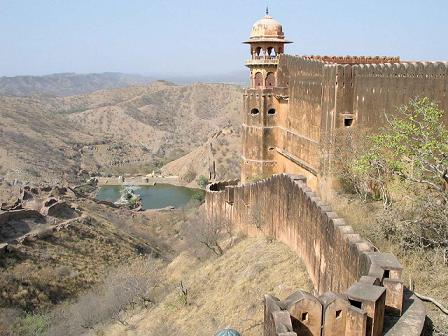
Jaigarh Fort |
